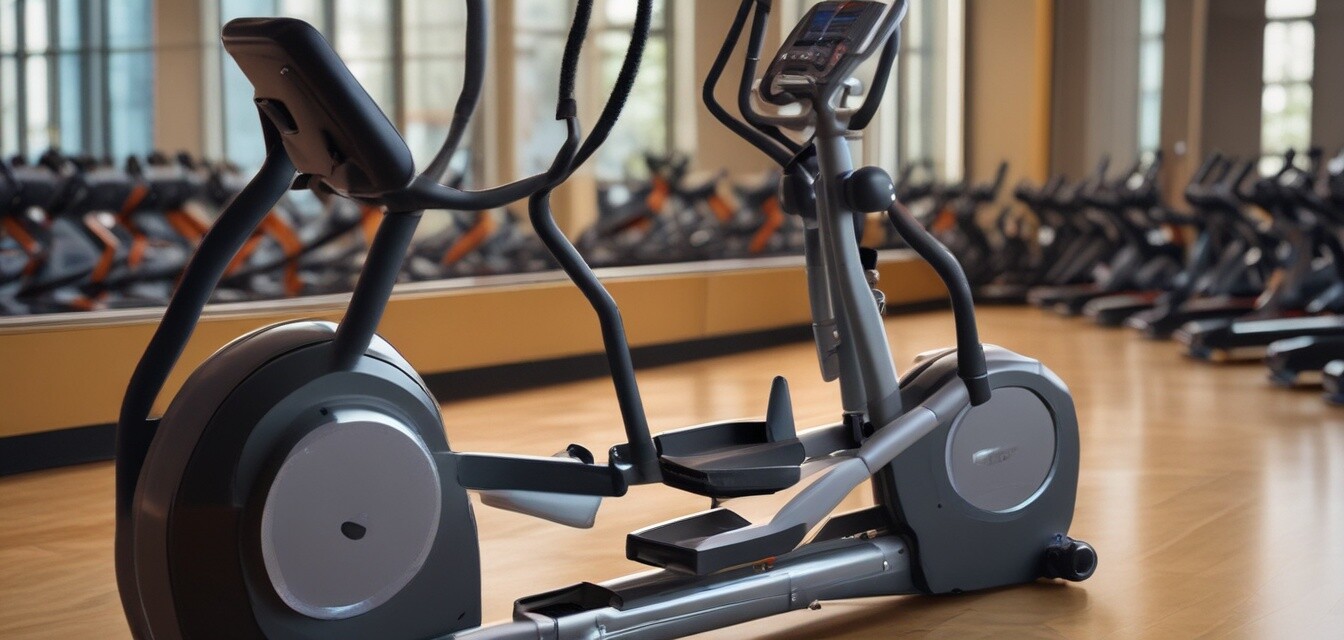
How to calibrate your elliptical's resistance system
- Proper calibration enhances workout accuracy.
- Tools required: a wrench and a level.
- Regular checks can prolong your elliptical's lifespan.
- Following the manufacturer's guidelines is crucial.
Calibrating your elliptical's resistance system is vital for an accurate and effective workout experience. A well-calibrated machine ensures that you are receiving the correct resistance levels, which translates into efficient exercise and better performance tracking. In this article, we will guide you through the process of calibrating your elliptical's resistance system, providing you with valuable tips and insights.
Understanding the resistance system
Before we dive into the calibration process, it's essential to understand how the resistance system works. The resistance system of your elliptical machine can typically fall into one of three categories:
| Type | Description |
|---|---|
| Magnetic Resistance | Utilizes magnets to create varying resistance levels. It's smooth and quiet. |
| Fan Resistance | Uses a fan to create air resistance, which increases with speed. |
| Electromagnetic Resistance | An advanced system that offers a wide range of resistance options controlled electronically. |
Tools needed for calibration
Here's a list of tools that you will need to have on hand for properly calibrating your elliptical's resistance system:
- Wrench (size depends on your machine)
- Level
- Owner's manual for specific calibration instructions
Steps for calibrating your elliptical's resistance system
Let's get started with the calibration process. Follow these steps to ensure your elliptical is calibrated correctly:
- Unplug the machine to ensure safety during calibration.
- Consult your owner's manual for specific calibration instructions related to your model.
- Use a wrench to adjust the resistance knob or screws as needed.
- Utilize a level to check that your elliptical is sitting evenly on the ground.
- Plug the machine back in and perform a test run at various resistance levels.
Signs that your elliptical needs calibration
It’s important to recognize when your elliptical may not be functioning as it should. Watch for these signs:
- Inconsistent resistance levels during workouts
- Unusual noise during operation
- Difficulty in adjusting resistance settings
- Wear and tear on the resistance system mechanism
Benefits of regular calibration
Regular calibration of your elliptical can bring several benefits:
- Ensures accurate workout readings, including calories burned and distance.
- Increases the efficiency and longevity of your machine.
- Reduces wear on the resistance system, avoiding costly repairs.
- Enhances your overall workout experience.
Common questions about resistance system calibration
Here are some frequently asked questions regarding the calibration of an elliptical's resistance system:
| Question | Answer |
|---|---|
| How often should I calibrate my elliptical? | It's recommended to calibrate every 3-6 months or after any significant moves or repairs. |
| Can I calibrate my elliptical on my own? | Yes, as long as you follow the proper steps and use the necessary tools. |
| What should I do if calibration doesn't solve the problem? | Consult your owner's manual for troubleshooting or contact a professional technician. |
Conclusion
Properly calibrating your elliptical's resistance system is crucial for a more accurate workout experience. By following the steps outlined above, using the right tools, and keeping an eye out for signs of wear, you can extend the life of your machine and maximize your workouts. Remember to check our maintenance tips section for additional insights to keep your budget-friendly elliptical in top condition.
Pros
- Improved workout accuracy
- Enhanced machine longevity
- Better overall exercise experience
Cons
- Requires some mechanical knowledge
- Takes time to learn the process